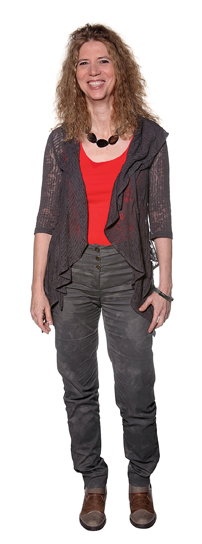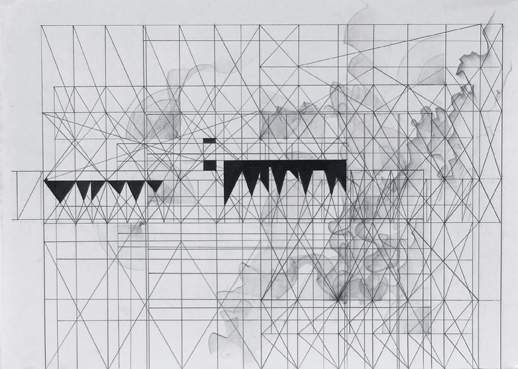An algorithm for zooming in on repeating elements in images and videos can help reconstruct missing information
Efficiency is one of the prominent characteristics of nature. Instead of “reinventing the wheel,” nature prefers to perfect a system and use it again and again. In other words, the world contains a series of repeating elements; to see these elements, we only need to observe things at the correct scale. Proteins are an example: If we take a close-up look at the diverse collection of proteins in the human body, they resolve themselves into only twenty or so amino acid “building blocks” that repeat in many different configurations.
But what about visual information? A family photo, for instance, or a video of last summer’s vacation?
Prof. Michal Irani of the Faculty of Mathematics and Computer Sciences has discovered that, here too, if one zooms in on small enough parts of the picture, one can discern many tiny visual elements that repeat themselves again and again inside the picture. Similarly, in video clips, tiny repeating space-time elements can be identified.
Irani creates algorithms that enable computerized systems to identify such tiny, repeating visual elements and use them to predict visual information that is missing from a picture or a video clip. She can reconstruct visual information about the scene that the camera has not been able to record (e.g., due to resolution limits or obstructions). The identification of repeating visual elements further enables compact “visual summaries” of pictures and video clips; it helps distinguish objects from background, and suggests new ways of compressing visual data.
Prof . Michal Irani's research is supported by the Citi Foundation.
Can one represent reality with a grid? Can one arrange and organize many “objects” in a large chest of drawers? Guy Goldstein doubts, for the moment, that this is the way things really work. Thus, possibly, the reality relayed through his grid-like images rebels against the rigid chart with lines that loop back on themselves. This subtle interference eventually breaks up the straight lines and even tries to break through the boundaries of the drawing.
Guy Goldstein, b. Israel, 1974, lives and works in Tel Aviv. He is the recipient of the 2007 Young Artist Prize awarded by the Israel Ministry of Science, Culture and Sport. His work has been displayed in many exhibits in Israel and abroad.

